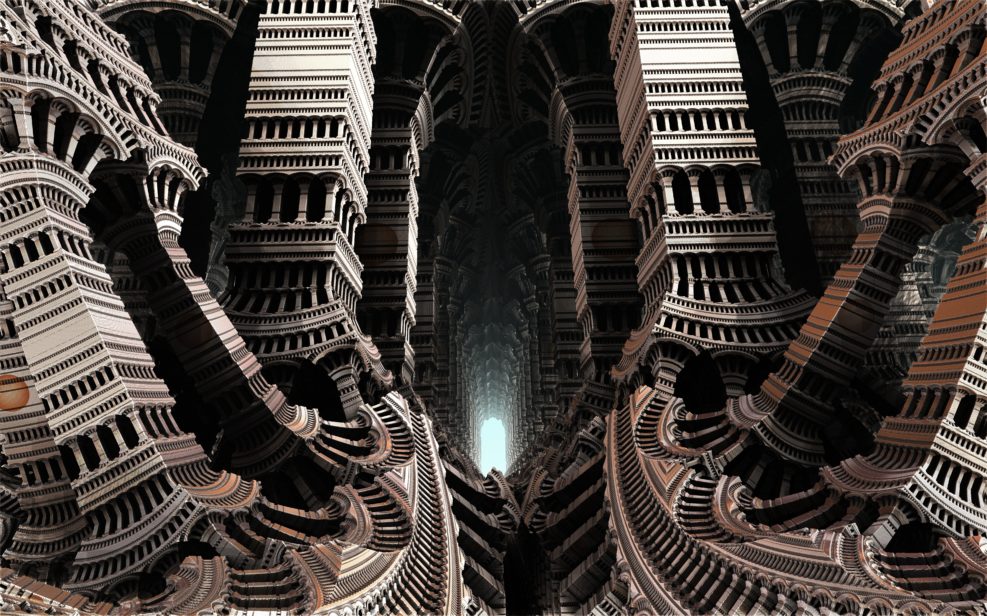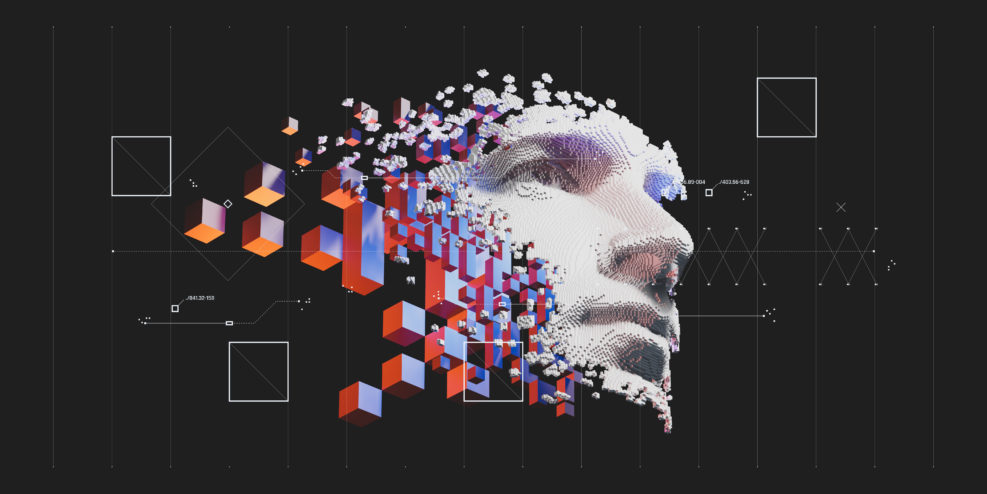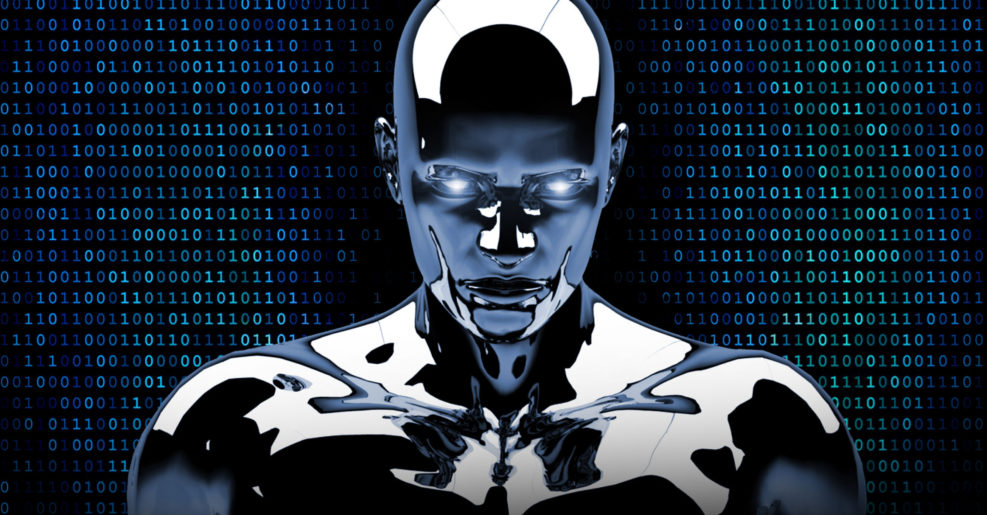
Why Didn’t Decentralized Organizations Work in the Crypto World?
DAOs broke down when people tried to make them interact with the outside worldHere’s the second part of Episode 3 of the discussion between computer engineering prof Robert J. Marks and computer engineering grad students Adam Goad and Austin Egber on the wild new online world. They’ve been talking about non-fungible tokens (NFTs), and what sort of NFTs survived the crypto crater: Now, in the second part of “The NFT Anti-bubble” (August 18, 2022), they look at what happened to the decentralized autonomous organizations (DAOs) that grew up along with crypto and NFTs: https://mindmatters.ai/wp-content/uploads/sites/2/2022/08/Mind-Matters-200-Adam-Goad-Austin-Egbert.mp3 A partial transcript, notes, and Additional Resources follow. Austin Egbert: Could you give an example of what one of these DAOs was maybe trying to do? What service were they providing? Or what was their business output, so to Read More ›


















